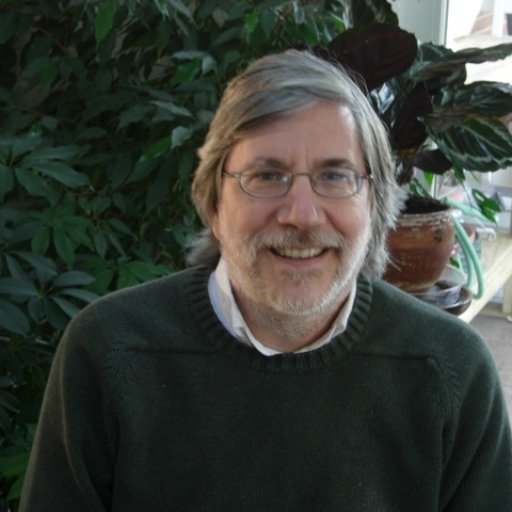

Roger Aldridge
@roger-aldridge
@roger-aldridge
Connecticut Avenue SUVs Score

Category: Music
Duration: 00:03:01
Description:
Duration: 00:03:01
Description:
Shifting time funk! The title expresses my disdain for contending with monster SUVs when driving on Connecticut Avenue in Washington, DC. Note: the recording is a tune demo, not a full-length performance. Recorded by Jason Shapiro, soprano saxophone; E. Shawn Qaissaunee, guitar; Brian Howell, bass; Skip Rohrich, drums, and David Arivett horn section.
As I envision this music, it is funky and adventurous. The piece is a minimalist composition -- the melody is only 16 bars. However, it has expanded improvisation concepts for the soloist and the ensemble. The ensemble's collective improvisation is to sound like music coming out of car windows in traffic. The sounds change quickly. Different kinds of music come, go, and overlap. Radios (or electronics) may be used for additional layers of sound.
The soloists use four chord progression patterns. Each soloist determines which patterns to play and their sequence. The patterns can be played in any order. In addition, the soloist can play as few or as many patterns as he wants. Ideally, the patterns are determined within a performance instead of before. The soloist communicates the patterns, and when to shift to a new pattern, to the ensemble by hand signals. The ensemble (including horn players) can improvise backgrounds and interactions with the soloist. Music styles can also shift within a solo. Performers can take the music in any creative direction they want to go with it.
NOTE: There are differences between the score and the demo recording. The small group recording was made by Jason Shapiro (from a lead sheet) several years before my mid-size ensemble score was written. For this new recording, David Arivett added the horn parts from my score to Jason's recording. The video syncs the pages of the score with the recording as closely as possible.
As I envision this music, it is funky and adventurous. The piece is a minimalist composition -- the melody is only 16 bars. However, it has expanded improvisation concepts for the soloist and the ensemble. The ensemble's collective improvisation is to sound like music coming out of car windows in traffic. The sounds change quickly. Different kinds of music come, go, and overlap. Radios (or electronics) may be used for additional layers of sound.
The soloists use four chord progression patterns. Each soloist determines which patterns to play and their sequence. The patterns can be played in any order. In addition, the soloist can play as few or as many patterns as he wants. Ideally, the patterns are determined within a performance instead of before. The soloist communicates the patterns, and when to shift to a new pattern, to the ensemble by hand signals. The ensemble (including horn players) can improvise backgrounds and interactions with the soloist. Music styles can also shift within a solo. Performers can take the music in any creative direction they want to go with it.
NOTE: There are differences between the score and the demo recording. The small group recording was made by Jason Shapiro (from a lead sheet) several years before my mid-size ensemble score was written. For this new recording, David Arivett added the horn parts from my score to Jason's recording. The video syncs the pages of the score with the recording as closely as possible.
